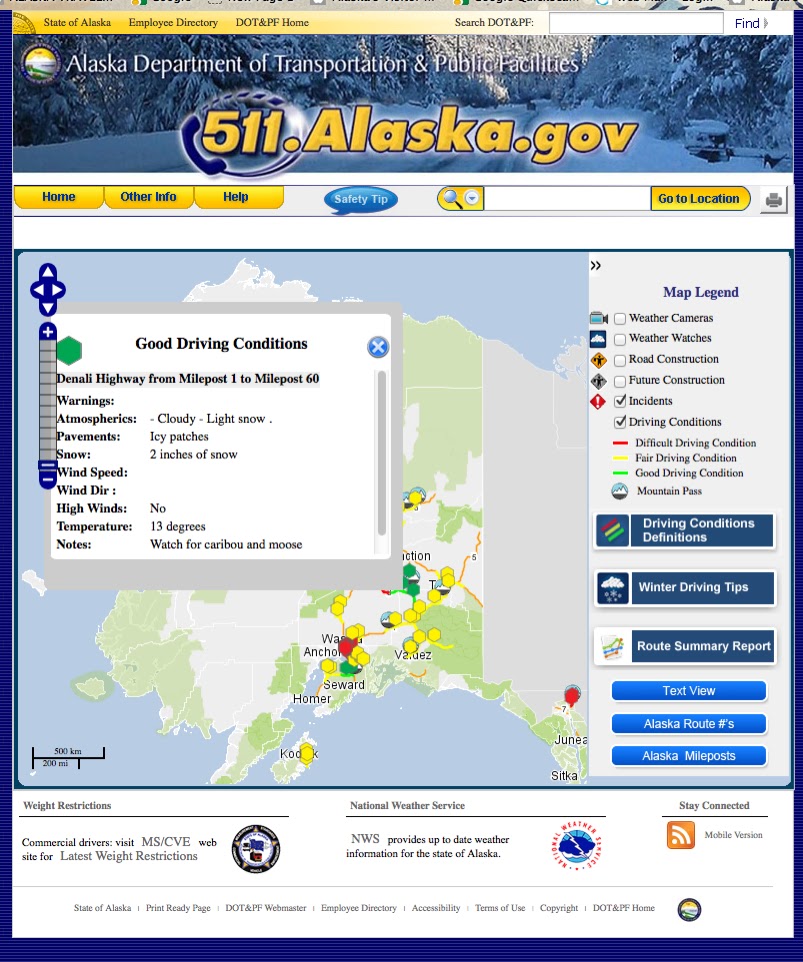Nelchina Fire 2,525 Acres On June 23rd Grows To 3,288 Acres By June 26th.
Fire crews continue structure protection as fire activity increases on the Nelchina Glacier Fire. BY ALASKA DIVISION OF FORESTRY & ...
Fire crews continue structure protection as fire activity increases on the Nelchina Glacier Fire.
The 2,525-acre Nelchina Glacier Fire (#226) continues to be highly visible along the Glenn Highway near the Eureka Roadhouse as the fire burns in a northerly direction fueled by black spruce and tundra. Fire crews will continue to place pumps and hose lays near structures in close proximity to the Eureka Roadhouse and residences in the area. Pump and hose placement will allow the firefighters to take an offensive approach to suppressing the fire in the event the fire crosses Eureka Creek and moves northwest towards those structures. At this point, the fire is 3 miles to the southeast of the structures along the Glenn Highway near mile marker 128.
Aviation assets continue to play a vital role in fire suppression on the fire and are helping in slowing the fire’s advance. Currently there are 2, UH60 Blackhawks from the Alaska National Guard assigned to the incident. These helicopters utilize their 700-gallon water buckets to transport water to the fire line to knock the active flames down while cooling hotspots that may be problematic as the fire behavior increases.
Masticators will also support the firefighting efforts as they use their rotary drums to remove vegetation in advance of the fire. Removing fuel, is one leg of the fire triangle, and a tactic frequently used in firefighting. Masticators will be clearing approximately 4 miles of brush and small deciduous trees on state lands south of the Glenn Highway between mile markers 129 and 133 to provide a fuel break between the fire and structures in the area.

Smoke will continue to be highly visible to the public as the fire remains active along the northern perimeter. Fire crews and equipment will continue to work along the Glenn Highway between mile markers 120 and 140 and the public is reminded to slow down in those areas to provide safety for our firefighters. At this time there is not a threat to the public and fire managers are proactively placing crews, equipment and aviation resources in locations to stop the advance of the fire.
















